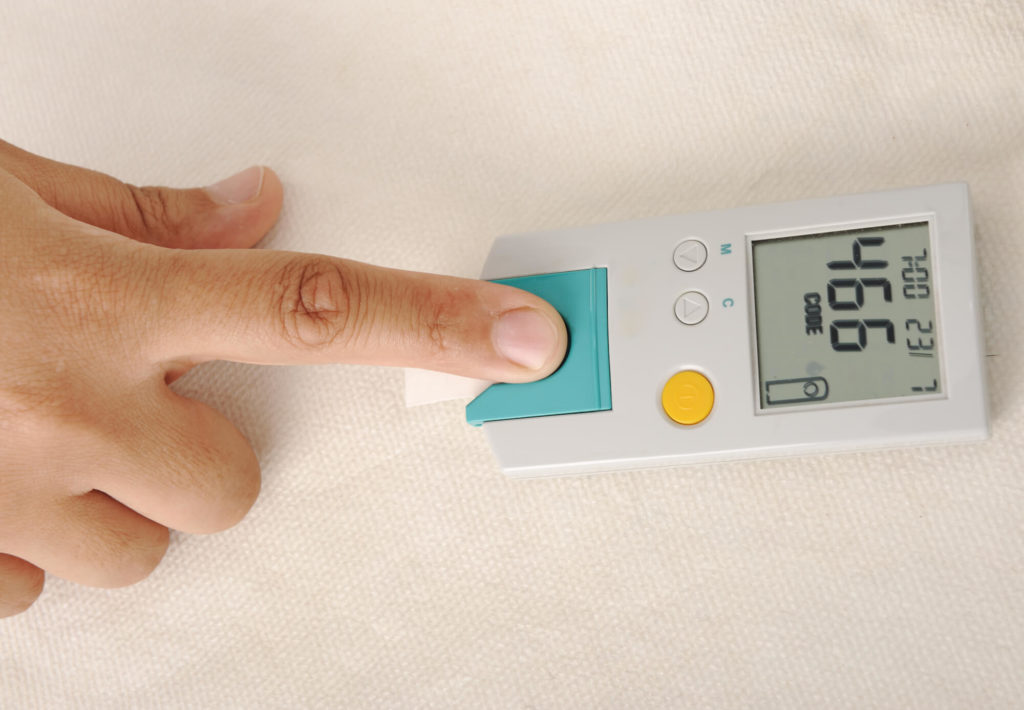Diabetes is a common metabolic disease where your body loses the capability to produce insulin, cannot produce appropriate levels of insulin, or simply cannot use it efficiently for breaking down glucose from food. As you probably know, insulin plays a vital role in breaking down and delivering sugar to cells throughout the body. If there isn’t enough insulin for breaking down glucose, the sugar levels in your blood may rise. This is known as “hyperglycemia”, a condition that can have a negative effect on every part of your body, including the eyes.
This means there is a direct link between diabetes and eye-related problems. In fact, blurry vision is one of the first warning signs of impending diabetes. Since fluid tends to leak into the lens of your eyes, it may become difficult for you to see clearly. More often than not, patients with diabetes may even experience blurred vision when they start insulin treatment. This can be owed to the shifting of fluids, but as time passes, this issue resolves by itself. Generally, stable blood sugar level usually ensures stable vision. However, the main question is:
How Can Diabetes Cause Blurry Vision?
Eye-related problems caused by diabetes are defined as diabetic retinopathy. The condition often occurs due to damage to the blood vessels of the retina due to diabetes. It can develop if you have type-1 or type-2 diabetes, or even if you have a history of high/low blood sugar levels. In its initial stages, you may begin experiencing minor vision impairment: itchy, watery, or red eyes. However, if you don’t seek treatment right away, it could lead to loss of vision!
In fact, according to a research by the National Eye Institute, untreated diabetes is a common cause of blindness. It is a common disorder among people with diabetes. Diabetic retinopathy may also cause other retinal disorders, like proliferative retinopathy and macular edema. What is the cause for these disorders? Generally, high blood sugar levels affect eyesight and cause a number of problems.
Excess sugar in the bloodstream damages the blood vessels responsible for supplying the retina with blood. This may lead to muscular edema, which causes the macula to swell due to leaking fluid. The macula is the part of the retina that gives you sharp central vision. Other symptoms of this disorder include color changes or wavy vision. Proliferative retinopathy is another diabetes-related disorder, which causes the blood vessels to leak into the center of your eye.
This causes individuals to experience “floaters”, “flashing light” or “spots” in their vision, which makes it difficult for them to read, write, or even see clearly. If you are experiencing any of these symptoms, make sure you visit a doctor to determine the cause. Also, make it a habit to visit an optometrist regularly, as they can instantly detect whether or not you are developing diabetes.
So, the bottom-line is that your eyesight and diabetes are closely linked. Taking care of your health can prove the catalyst for prevention of eye-related problems.




